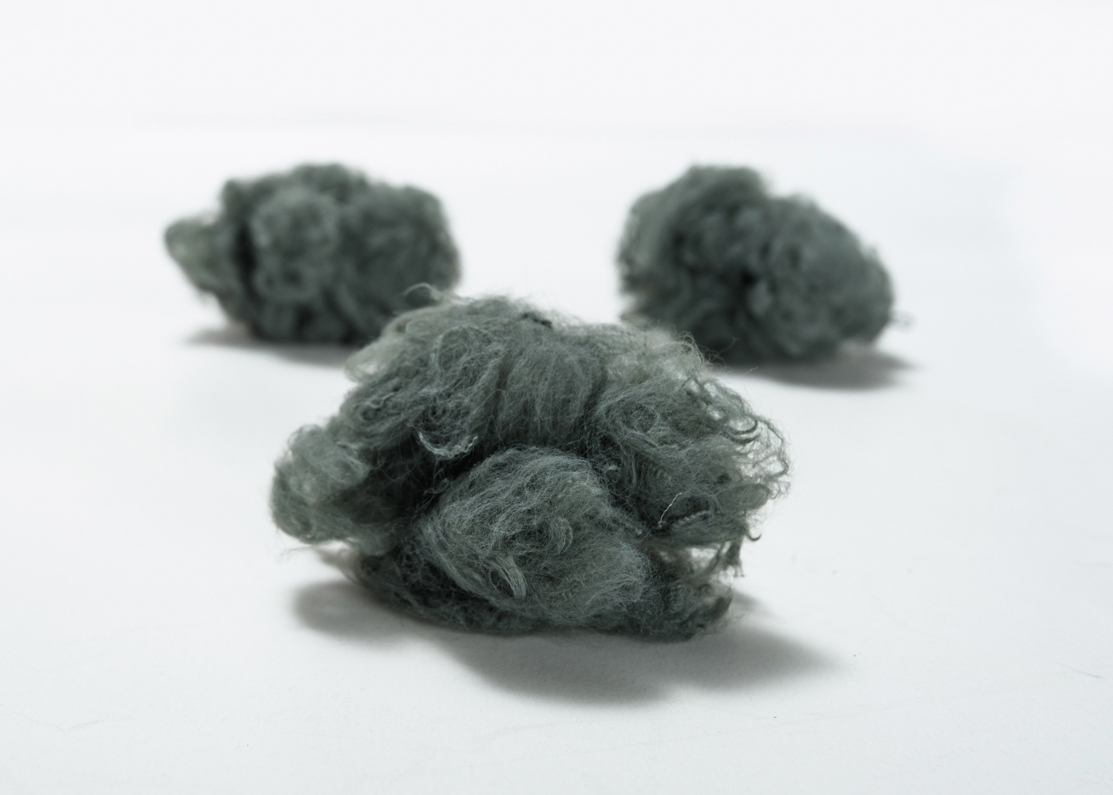-
 Service Tel
Service Tel
- 0512-52551712
What are the characteristics of polyester fibers
source:www.kingcharmgroup.com | Release time:2024-12-251. High strength: Polyester fiber has good tensile strength and wear resistance, with a strength nearly twice that of cotton and three times that of wool. The fabric is therefore more durable, less prone to damage, frequent use, friction, and pulling, and less prone to cracking, pilling, and other issues. For example, some outdoor tents and backpacks often use polyester fiber material to cope with complex usage environments.
2. Excellent elasticity: Its elasticity recovery ability is outstanding, even if it is stretched and deformed, it can quickly recover to its original state after removing external forces. When the clothing is stretched to 5% and put back, it can almost rebound, so clothing made of polyester fiber is not easy to loosen or deform after wearing for a long time, and can always maintain a firm appearance. Many common sportswear, suits, etc. contain polyester fiber components.
3. Strong wrinkle resistance: The molecular structure of polyester fibers is tightly and orderly, making the fibers rigid and naturally possessing good wrinkle resistance. After daily wear, folding, and squeezing, it is not as prone to wrinkling as pure cotton materials, and does not require frequent ironing, saving maintenance time. This is also the reason why it is widely used in the production of daily clothing such as shirts and dresses.
4. Good chemical stability: This fiber is resistant to acid and alkali corrosion, and will not undergo chemical reactions and be corroded or dissolved in general chemical solvents. Faced with common weak acid-base detergents and sweat erosion, it can remain safe and maintain its own performance for a long time, ensuring the service life of the fabric.
5. Poor moisture absorption: Polyester fibers have almost no hydrophilic groups, so their moisture absorption is very low. In humid environments, it is difficult for the fibers to absorb moisture. This leads to the accumulation of sweat on the surface of the skin once it is worn, causing a feeling of stuffiness and poor comfort. Therefore, pure polyester fiber clothing is less commonly used for close fitting in summer.
6. Easy to generate static electricity: Due to poor moisture absorption, static electricity is easily generated during friction. In autumn and winter, when wearing pants with high polyester fiber content, there is often a crackling static electricity phenomenon when taking off clothes, which not only makes people feel uncomfortable, but also may absorb dust and hair, making the clothes appear dirty.
7. Low flammability: Polyester fiber is a flame-retardant fiber, and it is more difficult to ignite than natural fibers such as cotton, hemp, silk, etc. After leaving the fire source, it will quickly extinguish on its own, reducing the risk of fire to a certain extent. Therefore, it is also commonly used in home textiles and workwear products that require fire prevention.
8. Strong processability: It can be blended with natural fibers such as cotton, linen, wool, and viscose, integrating the advantages of various fibers. It can improve the shortcomings of natural fibers such as wrinkling and non wear resistance, and give synthetic fibers a better skin friendly feeling, enriching the types of textile products. Moreover, polyester fibers can be processed into various shapes and thicknesses of fabrics through processes such as melt spinning, stretching, and heat setting.
Previous:
Why is polyester fiber used in sportswear
Next:
Application of Polyester Fiber in Automotive Inte…

 wechat number:
wechat number:


 Tel:0512-52551712
Tel:0512-52551712
 Address: Baziqiao village, Zhitang Town, Changshu City, Jiangsu Province (next to national highway 204)
Address: Baziqiao village, Zhitang Town, Changshu City, Jiangsu Province (next to national highway 204)
 E-mail:sales@kingcharmcn.com
E-mail:sales@kingcharmcn.com

 Wechat
Wechat
 Contact
Contact
 Telephone
Telephone